Spanish Cedar Tree
- October 4, 2023
- 0 comment
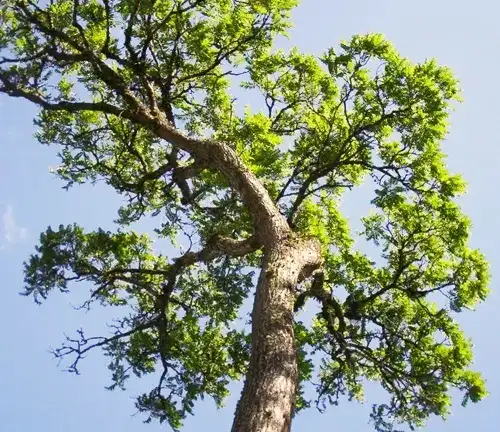
The Spanish Cedar Tree, scientifically identified as Cedrela odorata, is a striking botanical specimen indigenous to the tropical expanse of Central and South America. Its towering presence and straight, soaring trunk set it apart as a distinctive species, and it is particularly revered for its heartwood. This heartwood, characterized by a rich color and a captivating, cedar-like aroma, is a prized material in the world of woodworking. Spanish Cedar finds application in the creation of fine furniture, and cabinetry, and holds a notable role in the crafting of cigar humidors, where its aromatic qualities contribute to the unique aging process of cigars. Its wood not only possesses aesthetic appeal but also showcases natural resistance to decay and insects, making it a versatile and valued resource.
Beyond its commercial significance, the Spanish Cedar Tree is an integral part of tropical rainforest ecosystems, providing crucial habitat for a diverse array of wildlife. However, this species faces challenges stemming from deforestation and unsustainable practices. Therefore, conservation efforts are imperative, aiming to balance the economic benefits derived from Spanish Cedar with the imperative of preserving its ecological role, ensuring a sustainable future for this exceptional tree in the intricate tapestry of tropical landscapes.
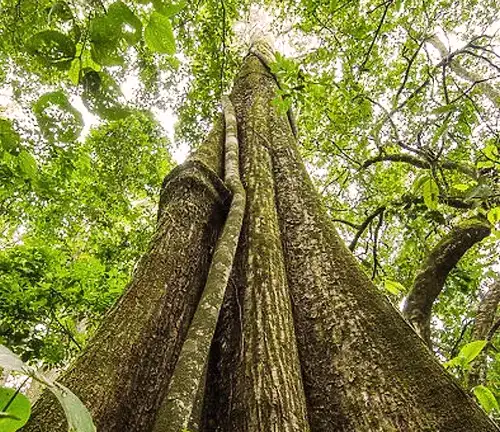
| Characteristic | Description |
| Scientific Name | Cedrela odorata |
| Geographic Range | Central and South America, in tropical regions |
| Growth Habit | Majestic deciduous tree with a straight, soaring trunk |
| Family | Meliaceae |
| Height | 60-100 feet |
| Spread | 30-50 feet |
| Growth rate | Fast |
| Soil type | Well-drained |
| Sun exposure | Full sun to partial shade |
| Foliage | Compound leaves, green in summer and turning yellow in fall |
| Climate Requirements | Thrives in humid tropical climates |
A Brief History
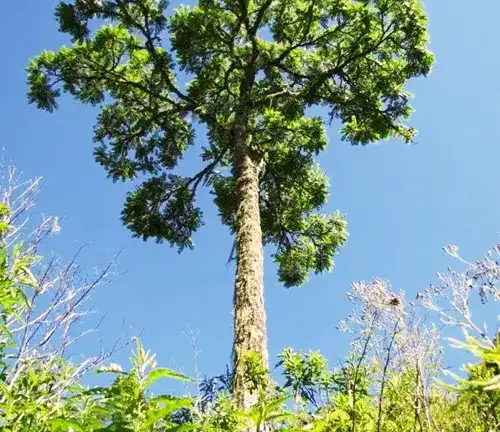
The story of the Spanish Cedar Tree is woven into the fabric of ancient civilizations. Historically, indigenous communities revered this majestic tree for both its practical and spiritual significance. It played a vital role in traditional medicine, and its wood was crafted into tools and ceremonial artifacts. Over time, Spanish explorers and colonizers recognized the value of its timber, leading to a surge in demand that continues to shape its history.
Color/Appearance
Spanish Cedar’s aesthetic allure lies in its remarkable color palette. The heartwood ranges from pale pinkish-brown to reddish-brown, creating a warm and inviting ambiance. The wood’s appearance, coupled with its sweet, cedar-like fragrance, has made it a preferred choice for fine woodworking. Its straight grains and uniform texture contribute to its visual appeal, ensuring that each piece crafted from Spanish Cedar tells a unique and beautiful story.
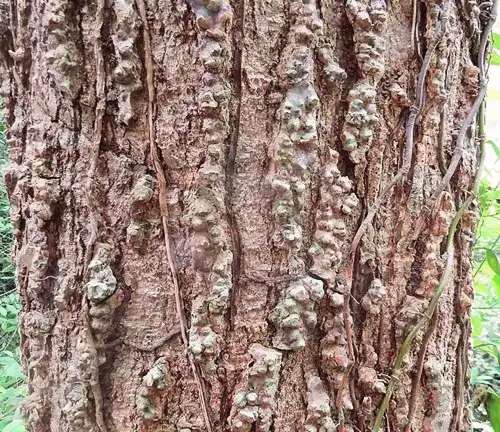
Botanical Features
Botanically intriguing, the Spanish Cedar stands as a testament to nature’s artistry. With a towering height and a straight, soaring trunk, it dominates the tropical landscapes. The pinnately compound leaves form a wide-spreading crown, contributing to the tree’s distinctive appearance. Understanding these botanical features is crucial for those seeking to cultivate and appreciate the Spanish Cedar in its natural habitat.

Cultivation and Care
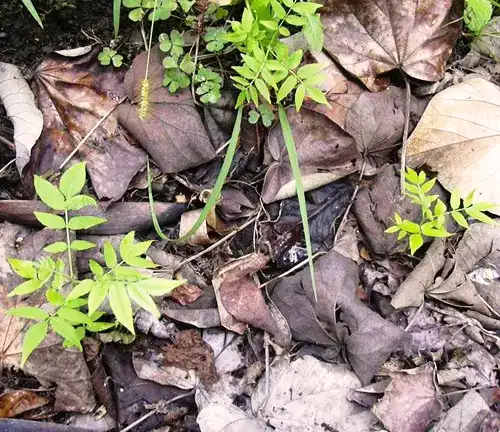
Cultivating Spanish Cedar requires a nuanced understanding of its preferences. Thriving in humid tropical climates, it prefers well-draining soils, often found in alluvial and loamy compositions. Propagation methods include seeds, cuttings, or grafting. This section provides insights into the ideal conditions for the Spanish Cedar’s growth, ensuring its health and longevity for future generations.
Ecological Importance
Beyond its role in woodworking, the Spanish Cedar Tree is an ecological linchpin in tropical rainforests. Its wide-reaching branches provide habitat and sustenance for a diverse array of wildlife, contributing to the biodiversity of these delicate ecosystems. As deforestation and habitat loss threaten many species, understanding and preserving the ecological importance of the Spanish Cedar becomes paramount.
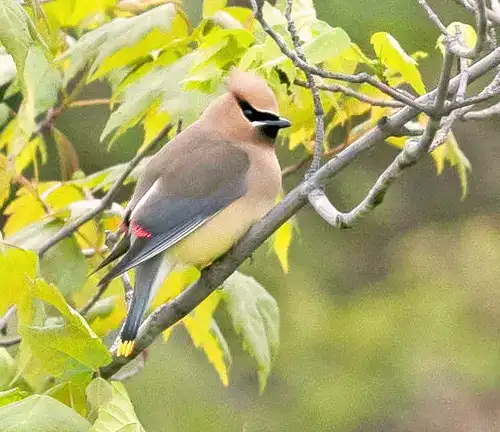
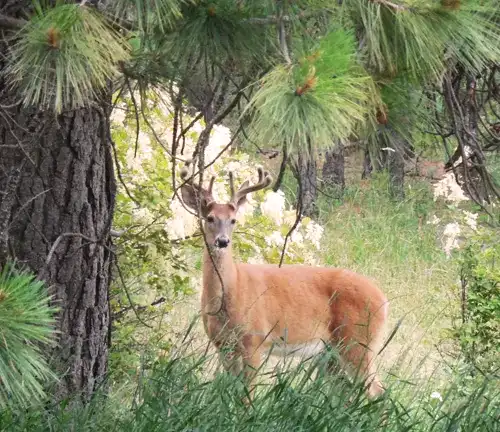
Wood Products and Applications

The heartwood of the Spanish Cedar is a prized material in the world of woodworking. Its lightweight, ease of workability and natural resistance to termites and fungi make it versatile. From crafting fine furniture and cabinetry to the creation of cigar boxes and veneer, Spanish Cedar has left an indelible mark on various industries. Especially notable is its role in cigar humidors, where its aromatic properties enhance the aging process of cigars, adding a layer of sophistication to this artisanal pursuit.
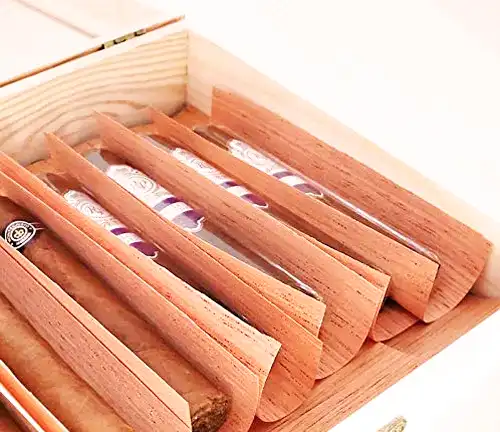
Culinary Applications
Beyond the workshop, Spanish Cedar finds its way into the culinary realm. The wood’s aromatic qualities make it a popular choice for grilling and smoking. As it imparts a distinctive flavor to food, chefs and culinary enthusiasts have embraced it to enhance the taste of grilled meats and imparting a smoky essence to culinary creations.

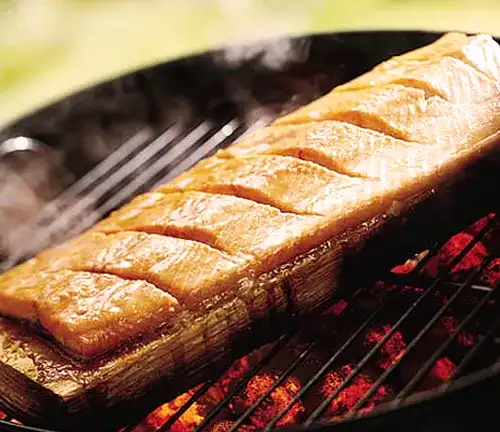
Benefits
The Spanish Cedar Tree’s benefits extend beyond its visual and olfactory allure. Its conservation and sustainable management are crucial for maintaining ecological balance and preserving biodiversity in tropical regions. Moreover, its economic contributions to the woodworking and culinary industries emphasize the need for responsible practices to ensure its continued availability and utilization.
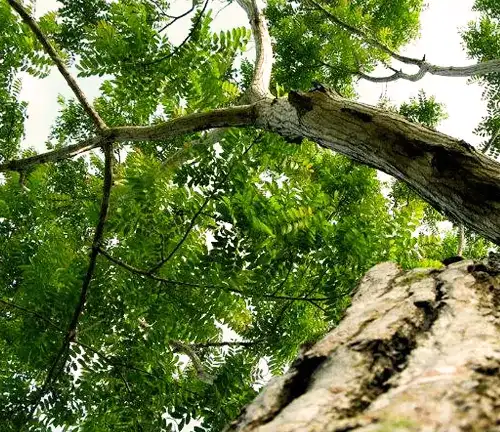
This exploration into the multifaceted world of the Spanish Cedar Tree underscores its cultural, ecological, and economic significance. From ancient traditions to modern applications, this botanical treasure continues to shape landscapes, industries, and the very essence of our connection to the natural world. As we navigate the delicate balance between utilization and preservation, the Spanish Cedar stands as a symbol of nature’s bounty, urging us to cherish and protect these invaluable gifts.
Frequently Asked Questions (FAQs)
- What gives Spanish Cedar its distinctive aroma, and does it persist in the wood over time?
The unique aromatic quality of Spanish Cedar comes from natural compounds present in its heartwood. The scent is often described as sweet and cedar-like. Over time, this aroma can persist, making Spanish Cedar a sought-after choice for applications where its fragrance enhances the overall experience. - Is Spanish Cedar endangered, and what conservation efforts are in place to protect it?
While Spanish Cedar is not currently classified as endangered, it faces threats due to habitat loss and unsustainable logging practices. Conservation efforts focus on sustainable forestry practices, reforestation initiatives, and the protection of natural habitats to ensure the long-term survival of this valuable tree species. - Can Spanish Cedar be grown outside its native tropical regions, and what are the key considerations for cultivation?
Spanish Cedar can be cultivated outside its native tropical regions, but success depends on providing conditions similar to its natural habitat. This includes a humid climate, well-draining soil, and attention to potential cold stress. Understanding these considerations is crucial for those seeking to grow Spanish Cedar in different geographical locations. - How does Spanish Cedar compare to other types of cedar in terms of wood properties and applications?
Spanish Cedar, despite its name, is not a true cedar but rather belongs to the mahogany family. Its wood is distinct from other cedar species, such as Western Red Cedar or Eastern Red Cedar. Spanish Cedar is valued for its lightweight nature, easy workability, and excellent stability. Its unique combination of properties makes it a preferred choice for specific applications like cigar humidors and fine woodworking. - Does Spanish Cedar have any medicinal properties or traditional uses by indigenous communities?
Historically, indigenous communities in the native regions of Spanish Cedar have utilized various parts of the tree for traditional medicine. The bark, in particular, has been employed for its believed medicinal properties. Exploring the historical uses of Spanish Cedar sheds light on its cultural significance beyond its commercial applications in modern times.



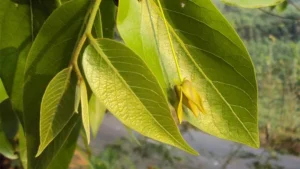

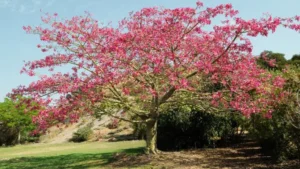
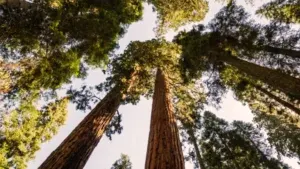
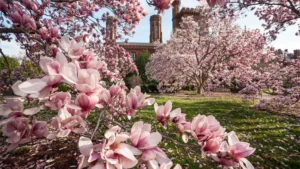
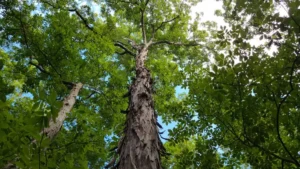
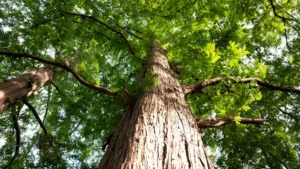
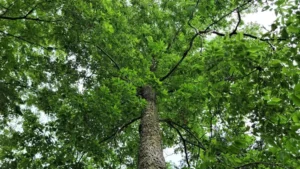
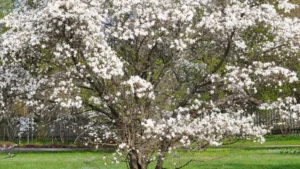
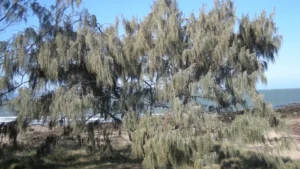
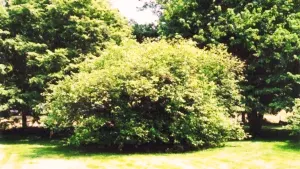
Leave your comment